Yes, It Is Technically a Legit, and a (Mostly) Recognized Country
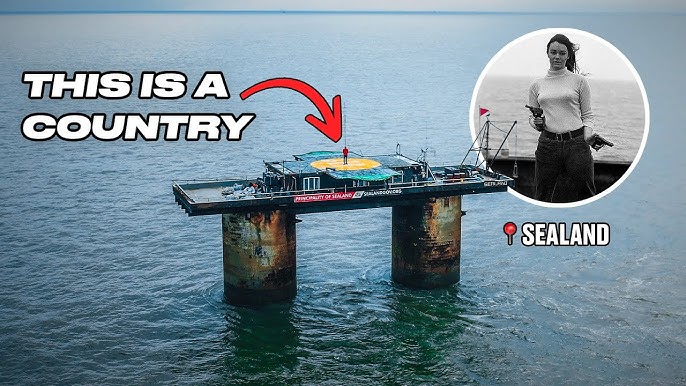
It’s not much bigger than a tennis court. No soil, no trees—just steel, waves, and one wildly ambitious dream. Sealand isn’t officially recognized by any government, yet it flies its own flag, sells noble titles, and claims to be the world’s smallest country. But how did a rusting World War II sea fort become a self-declared micronation?
1. A Country Built on a Sea Fort
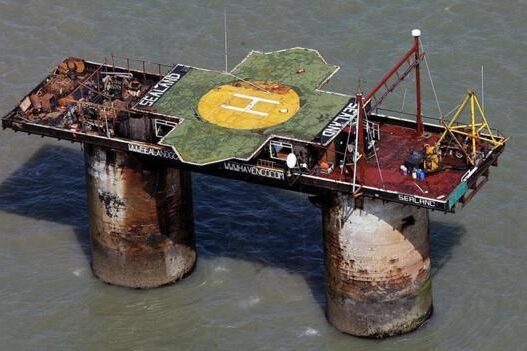
Smaller than most houses, Sealand sits on two concrete towers in the middle of the North Sea. Originally built by the British during World War II as a Maunsell Fort to defend against German aircraft, it was later abandoned—until one man claimed it as his own country. With just 550 square meters of space, a helipad, and a few living quarters, Sealand has no hills, cities, or even grass. But what it lacks in size, it makes up for in boldness—and one of the strangest sovereignty stories of all time.
2. A Metal Fort with No Soil or Trees
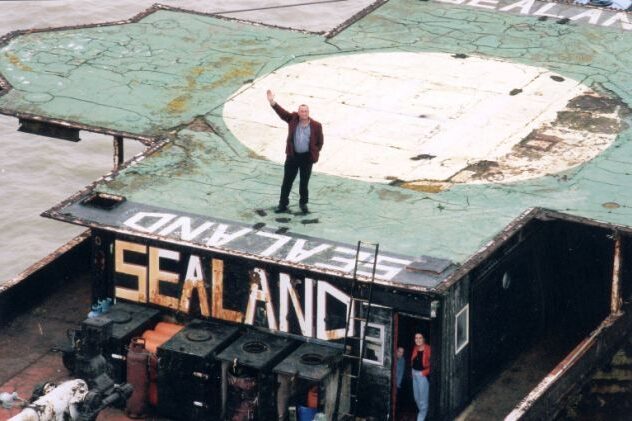
There’s no grass under your feet in Sealand. Instead, you’ll find steel floors, salty winds, and the sound of waves crashing against hollow legs of metal. Sealand was never built to be a home. It began life in World War II as a British anti-aircraft platform known as a Maunsell Fort. With no soil, trees, or even proper plumbing, it’s more like a floating bunker than a peaceful hideaway. Yet somehow, the Bates family made it into their own. While other micronations started on land or in declared territories, Sealand sits on open sea. What it lacks in scenery, it makes up for in grit. And once you understand where it came from, it starts to make a lot more sense.
3. Founded by a Pirate Broadcaster with Big Ideas
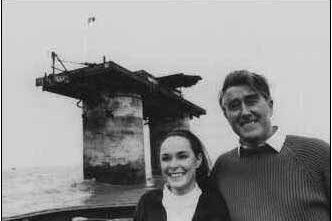
In 1967, Paddy Roy Bates decided he wanted more than just airwaves. A former Army major turned pirate radio enthusiast, Bates seized an abandoned sea fort and declared it an independent country. He named it the Principality of Sealand. He didn’t run a radio station for long. Instead, he made himself prince. His wife became princess. And the dream of a sovereign sea nation was born. “I seized the place and made myself prince,” he once told The Guardian. Bates didn’t need permission. He simply believed. What started as a rebellion against broadcasting laws turned into a family project that has lasted generations.
4. Just Barely Outside the UK’s Reach
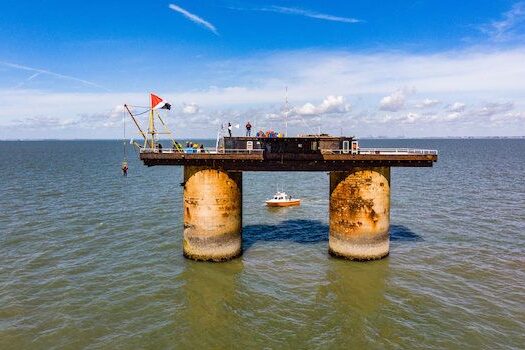
When Sealand was founded, the United Kingdom’s territorial waters extended only three nautical miles from the coast. That left the sea fort sitting just outside their control. Located around seven miles off the coast of Suffolk, Sealand’s placement gave Bates a technical argument for independence. It was this distance that allowed Sealand to float in a strange legal space. While modern law has extended territorial boundaries to twelve miles, at the time, Bates made his move when the timing was perfect. The sea gave him space. The rules gave him room.
5. The Navy Tried to Intervene and Let It Go
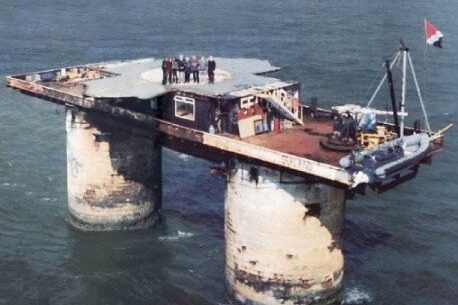
After Sealand declared its independence, the British government took notice. In 1968, navy ships approached the platform. But when warning shots were fired from the sea fort, they backed off. Yes, gunfire came from a so-called country made of metal and waves. A British court later ruled that the platform lay beyond their legal jurisdiction. That moment gave Sealand an unexpected kind of breathing room. It wasn’t full recognition, but it was enough to carry on. The incident became a cornerstone of Sealand’s legal argument. The Bates family took the ruling as silent permission to keep building their dream.
6. A Violent Coup Almost Took It All Away
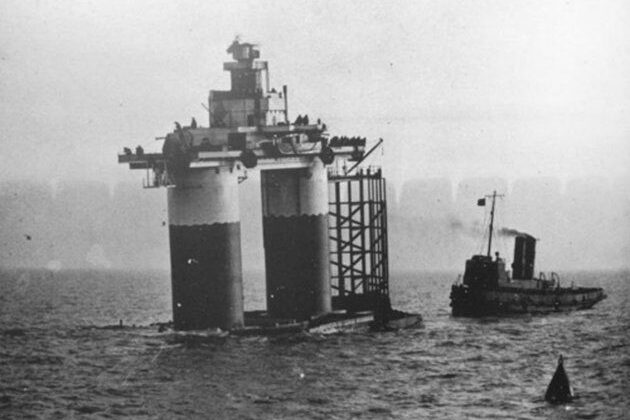
You wouldn’t expect a coup to happen on a platform the size of a basketball court, but Sealand has seen one. In 1978, while Prince Roy was away, a group of men arrived under the guise of business. They took over by force. The attack came from Dutch and German nationals who wanted control of the micronation. But Roy’s son Michael wasn’t going to give up that easily. He launched a counterattack by helicopter, storming the fort and retaking it. He captured the invaders and held one of them as a prisoner. Eventually, a German diplomat flew in to negotiate his release.
7. Passports, Coins, and a Touch of Identity
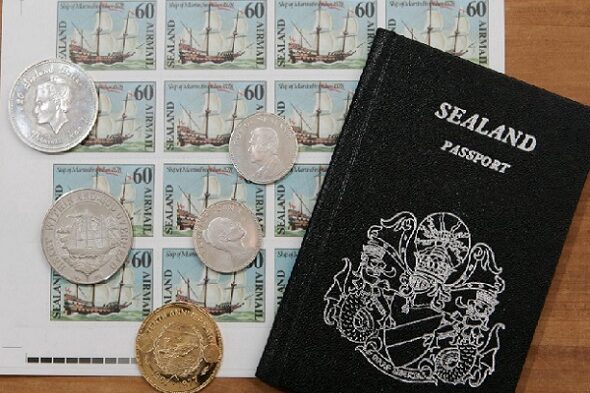
Sealand doesn’t just talk like a country. It walks the walk too. Over the years, it has issued thousands of passports, its own currency, stamps, and even a coat of arms. These symbols help define the nation’s identity, even without international recognition. At one point, Sealand had over 150,000 passports in circulation. Unfortunately, many were tied to fraud and had to be revoked. Despite the hiccups, the Bates family continues to offer Sealand-themed memorabilia. You can still buy official coins and stamps. They don’t work in your local post office, but they serve as a reminder that a country’s spirit isn’t just in its size or borders.
8. A Data Haven Dream That Fizzled Out

In the early 2000s, a startup called HavenCo made a bold proposal. They wanted to turn Sealand into a server hub outside government control. The pitch was simple. Because Sealand was technically a sovereign micronation, it could store data free from legal interference. For a moment, it caught the attention of privacy advocates and tech libertarians. But internal disagreements, unclear laws, and logistical challenges shut the project down. HavenCo folded, and Sealand stayed as it was. Still, the attempt left a mark. It pushed the idea that sovereignty and digital freedom could cross paths. And it made Sealand more than just a curiosity.
9. You Can Buy a Noble Title and Join the Story
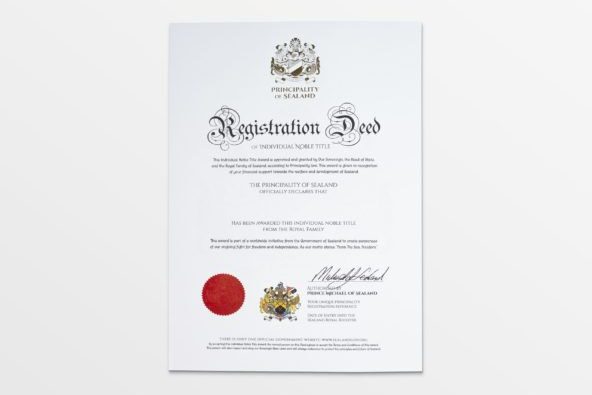
There’s a fun twist to Sealand’s economy. Anyone can become a noble, as long as they’re willing to pay. On Sealand’s official website, you can purchase a title like Duke, Lady, Baron, or Countess. Along with the title comes a certificate, a bit of history, and a personal stake in one of the world’s strangest countries. It’s part novelty, part fundraiser, and part legacy. Prince Michael, who currently leads Sealand, has said the titles help support the upkeep of the platform. And many who buy in don’t just see it as a joke. They see it as a chance to be part of something small but meaningful. A story that started in rebellion and continues through shared belief.
10. A Motto and Anthem That Few Have Heard
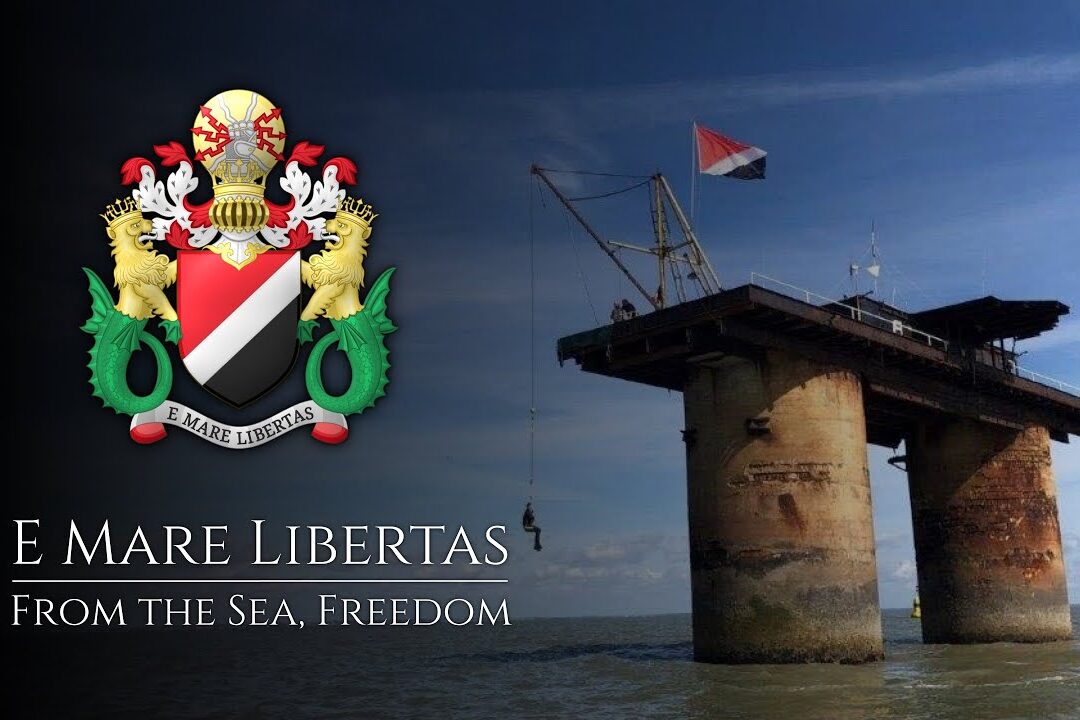
“E Mare Libertas.” That’s Sealand’s motto, and it means “From the Sea, Freedom.” It speaks volumes about what this place stands for. Despite its metal walls and lack of soil, Sealand carries national symbols just like any country. That includes a flag, a coat of arms, and even a national anthem. Composed and recorded by an orchestra, the anthem isn’t widely played. Few people have ever heard it. But for those who live or believe in Sealand, these symbols hold deep meaning. They give shape to the story. They remind the world that Sealand, while unconventional, is no less sincere. A tiny space in the sea with a big heart, holding on to its culture and pride.
11. Still There, Still Flying Its Flag
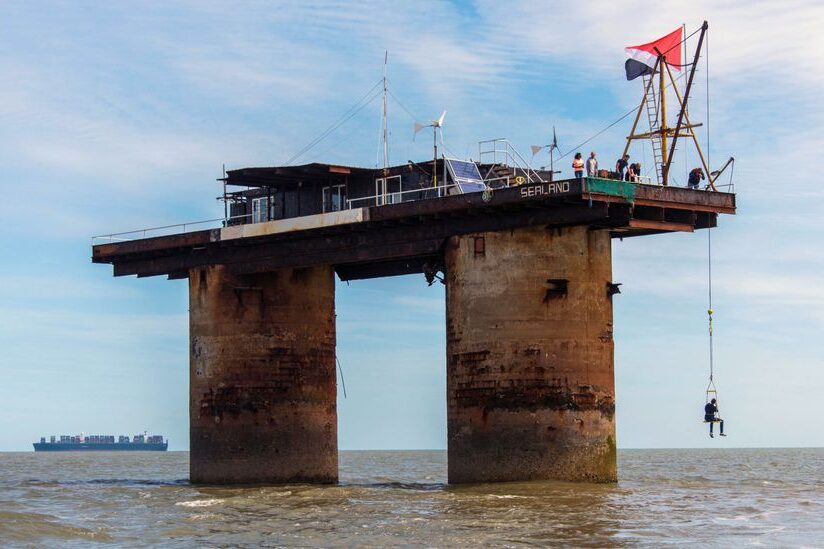
After all these years, Sealand hasn’t sunk, faded, or given up. Through storms, legal ambiguity, and international indifference, it continues to stand strong. The flag still flies. Prince Michael still keeps the spirit alive. It’s never been officially recognized by any other country, but that has never stopped it from acting like one. Sealand exists in a space between reality and imagination. It isn’t just about a sea fort or a family’s dream. It’s about resilience, identity, and carving out a place in the world, even when no one hands it to you. Sealand might never appear on official maps, but in its own way, it has already made history that refuses to be forgotten.
This story 11 Wild Truths About Sealand, The Smallest ‘Country’ in the World was first published on Daily FETCH


